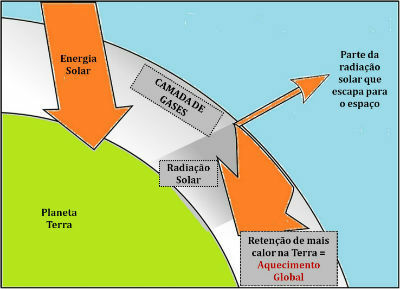You extinct animals they are those that have disappeared from planet Earth for various reasons, whether due to natural phenomena or human intervention in nature.
The main reasons are: predatory hunting, fishing, contamination of soil, water, air, destruction of habitats, climate change, use of toxic substances.
The list of animals that have passed through planet Earth is very extensive. Meet below 30 animals that went extinct over the years, starting with the most recent to those that were extinct thousands of years ago.
1. Giant Galapagos Tortoise (Chelonoidis niger)
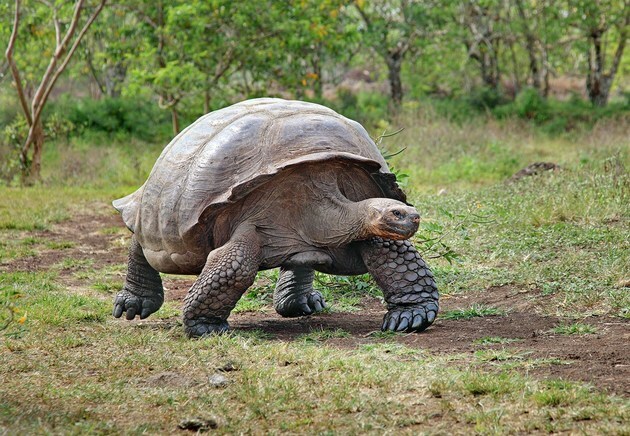
The last specimen of the Galapagos giant tortoise died in 2012, where it lived in captivity. In nature, the species was considered extinct for over 150 years.
Animals of this species lived for over 100 years. Currently, researchers around the world are carrying out studies to recover the species from DNA extraction.
2. West African Black Rhinoceros (Diceros bicorni)
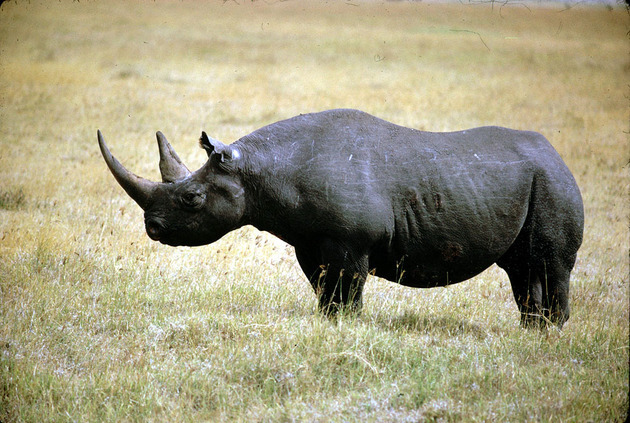
This species of rhinoceros is native to the African continent and has recently become extinct. The record of the death of the last copy appears in the year 2011.
The main cause of the extinction of the West African black rhino is predatory hunting.
3. Northeastern Leaf Cleaner (Philydor novaesi)
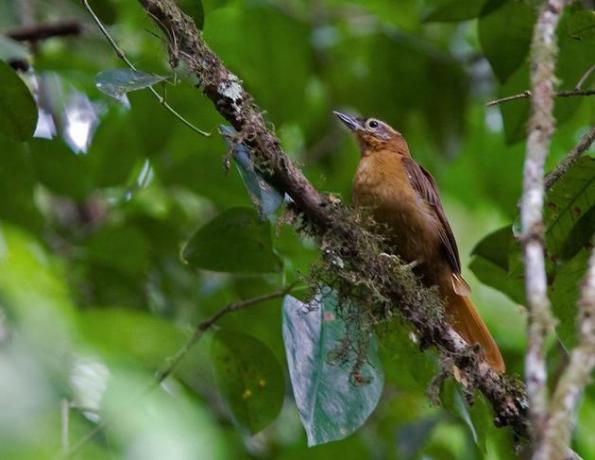
The Northeastern Leaf Cleaner was last seen in 2011, when it was considered extinct. Endemic to the Atlantic Forest, this bird was considered small, as it was about 20 cm long.
4. Caribbean Monk Seal (Monachus tropicalis)

The Caribbean Monk Seal is a mammal that used to inhabit the Caribbean Sea. This species was considered extinct around the year 2008.
The main cause of its extinction was due to hunting for the use of its skin and food purposes.
5. Chinese River Dolphin (vexillifer lipos)
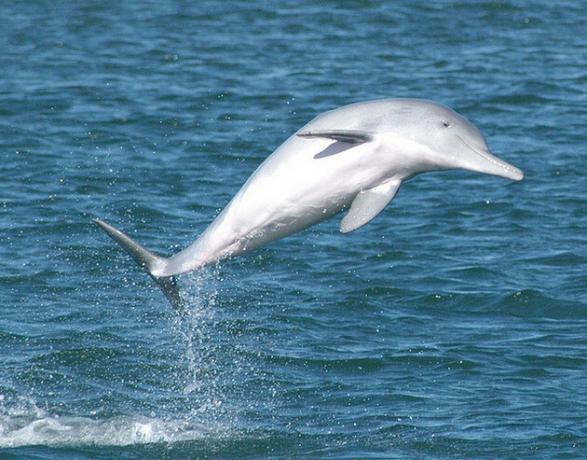
Known as the Chinese lake dolphin, this species became extinct in 2007.
The main cause of its extinction was the intervention of man in nature by causing various imbalances in the animal's ecosystem such as water pollution, excessive navigation, as well as hunting indiscriminate.
6. Caburé-de-Pernambuco (Glaucidium Mooreorum)
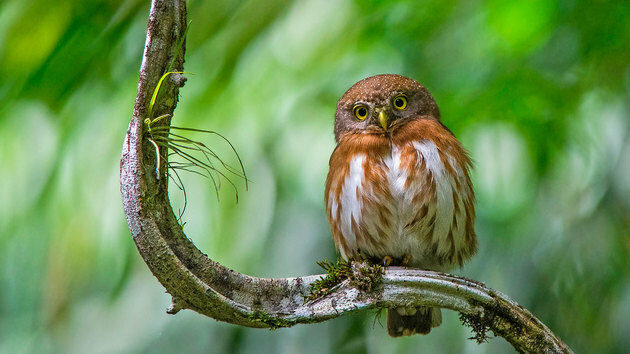
The Caburé-de-Pernambuco is an owl that was considered extinct in 2004. This species was about 14 cm long.
7. Spix's Macaw (Cyanopsitta spixii)
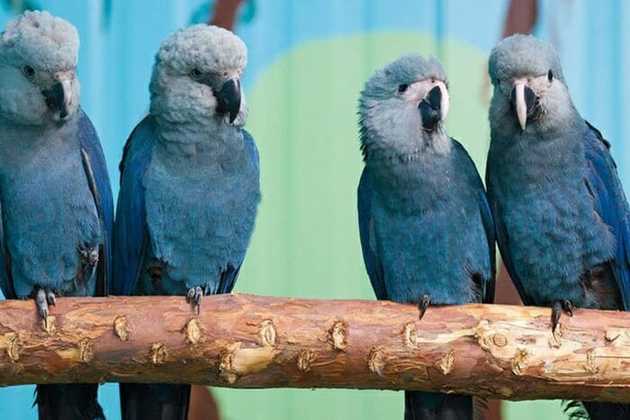
THE Spix's Macaw is a bird whose natural habitat is the northeastern caatinga. This species was considered extinct in the year 2000. There are currently some in captivity in Brazil, Germany, Spain and Qatar.
Several associations promote projects for the recovery of the species.
8. Pyrenees Ibex (Pyrenean capra Pyrenean)

The last species of Ibex-dos-Pyrenees died in 1997. The main habitat of this animal was northern Spain and southern France.
He was the first to be considered extinct twice. In the 1980s, some species lived in captivity, contributing to the implementation of breeding programs. However, it was in 1997 that the last living species died.
9. Eskimo Curlew (Numenius borealis)
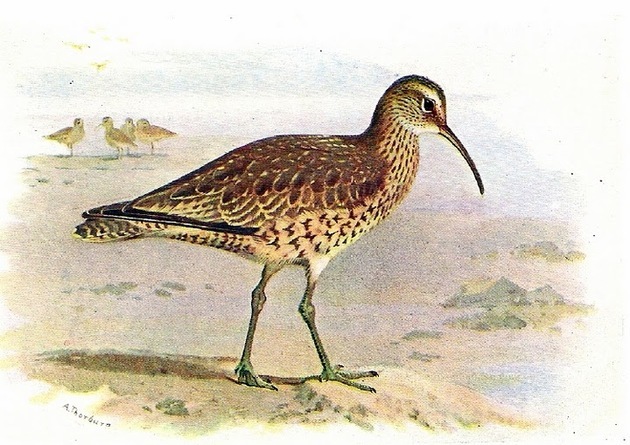
The Eskimo curlew is a species of bird that lived in the North American prairies and the Pampas of South America.
It was considered extinct in 1994, when the last records were registered.
10. Java Tiger (Panthera tigris probe)

This tiger species was native to the island of Java, Indonesia, and became extinct around the year 1994.
The main causes of its extinction are related to the loss of its habitat, caused, above all, by the expansion of agriculture.
11. Lizard shark (Schroederichthys bivius)

The lizard shark was considered extinct in 1988, when the last specimen was seen.
The main cause related to its extinction was the pollution of the oceans, in addition to the intense traffic of ships in the place where the animal lived and reproduced.
12. Northeastern Curassow (Mitu Mitu Mitu)
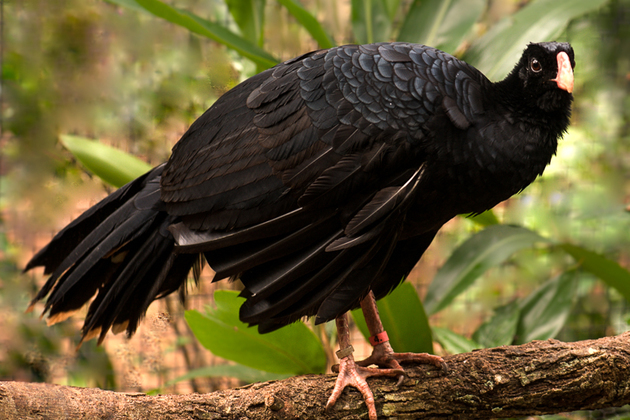
The Northeast Curassow is a native bird of the Atlantic forest and was extinguished from nature in the 1930s, however, nowadays it is still possible to find a few species in captivity.
The main causes of its extinction are linked to hunting and, above all, to the destruction of its habitat for planting sugarcane in the region.
13. Candango mouse (Juscelinomys candango)

The candango rat is an endemic animal to the Brazilian cerrado, which inhabited the Central Plateau region.
It was considered extinct in 1960, and the main cause of its extinction was the degradation of its habitat, caused by the construction of the city of Brasília.
14. Thylacine (Thylacinus cynocephalus)
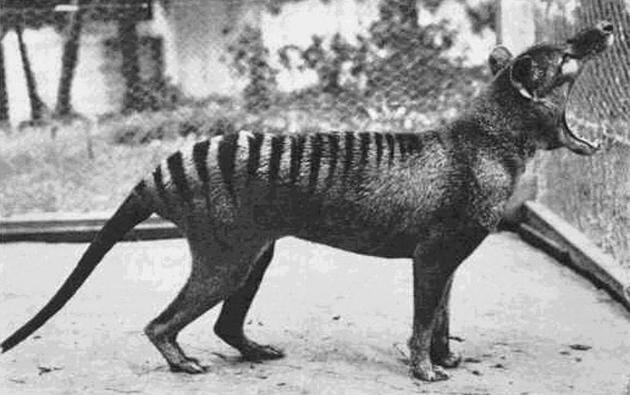
Popularly known as the Tasmanian Wolf or Tasmanian Tiger, Thylacine is native to Australia and New Guinea.
This animal was extinct in the 30s, and the main cause for the disappearance of the species was predatory hunting.
15. Bandicoot-pig-feet (Chaeropus ecaudatus)
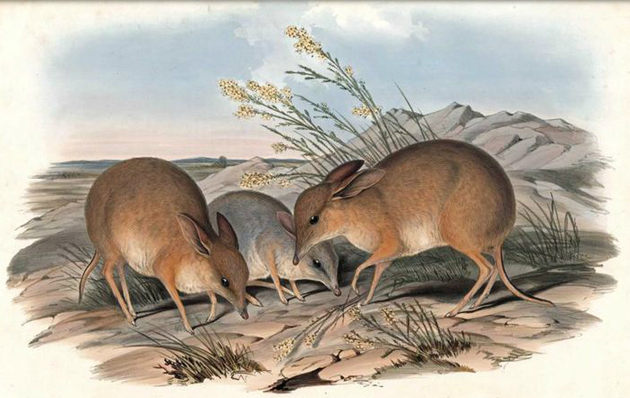
A species of marsupial native to Australia, its disappearance occurred in the early 20th century, and the cause is still unknown.
16. Saint Andrew's Tree Frog (Phrynomedusa fimbriata)
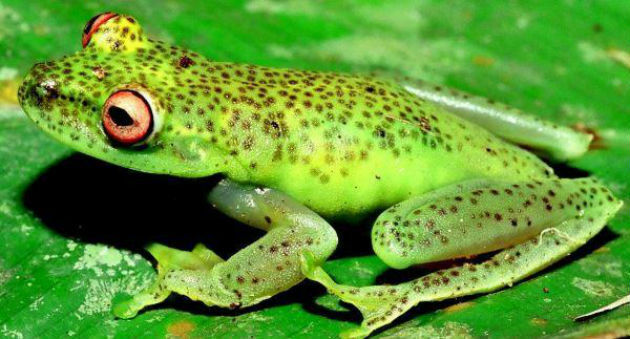
This amphibian species became extinct in the 1920s. Its habitat was the state of São Paulo, more precisely the region of the city of Santo André.
Researchers have not yet unraveled the cause of the species' disappearance.
17. Passenger Pigeon (migratory ectopistes)
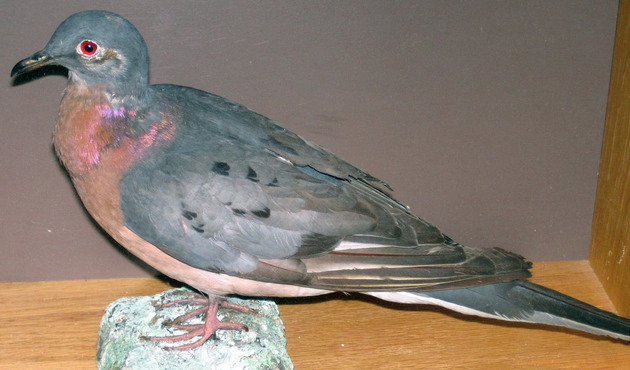
The passenger pigeon is a species that became extinct in 1914. This bird was an inhabitant of the United States and lived in gigantic groups.
It was considered the greatest extinction caused by man, resulting from predatory hunting.
18. Caspian Tiger (panthera tigris virgata)

Also known as the Persian tiger, this species of tiger inhabited the Caucasus (a region of Eastern Europe and Western Asia).
The Caspian Tiger became extinct around 1960. However, since 2017 scientists and environmentalists have been trying, through genetic manipulation, to bring this animal back.
19. Honshu's Wolf (Canis lupus hodophilax)

The wolf-of-honshu was a small wolf that inhabited the island of Honshu, Japan.
It was considered extinct in 1905, the main cause of which was the expansion of agriculture, in addition to predatory hunting.
20. Quagga (quagga quagga equus)
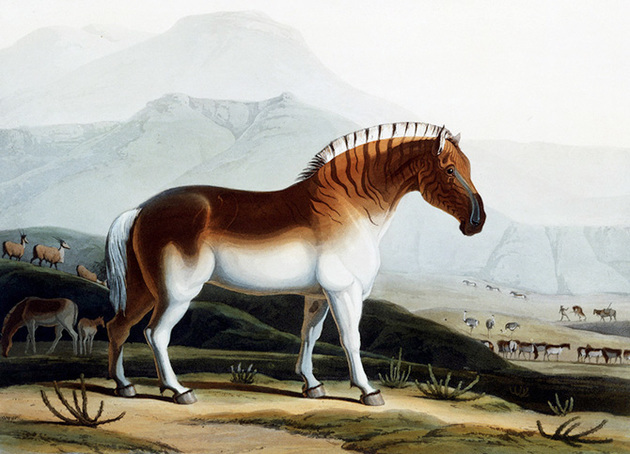
The quagga was a species of zebra that inhabited South Africa and became extinct in the 19th century, as a result of hunting for its skin and leather.
The last of the species died at the Amsterdam Zoo in 1883.
21. Falkland Fox (Dusicyon Australis)

Known as the Falkland Wolf or warrah, this canid is endemic to the Falkland Islands.
The Falkland fox was considered extinct in the 19th century, mainly because of hunting that caused interest in its fur.
22. mountain goat (Lusitanian Pyrenean Capra)
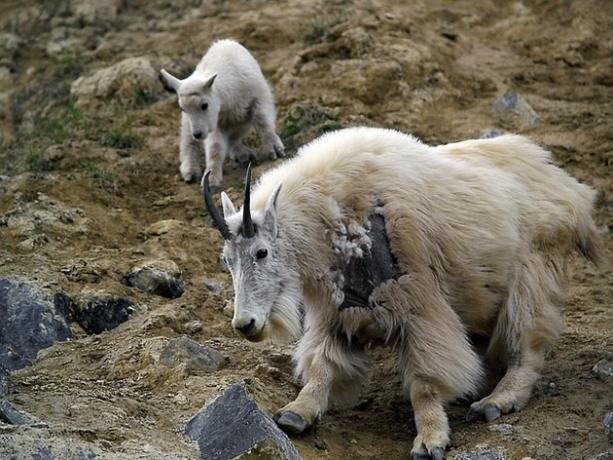
The mountain goat was also known as the Portuguese Ibex.
This species inhabited the north of Portugal and Spain and was extinct in the 19th century mainly by hunting.
23. Norfolk Kaka (Nestor productus)
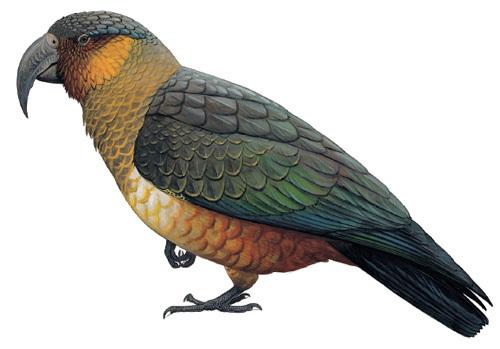
The Norfolk Kaka is a bird that gets its name because it lived in the Norfolk Islands, Australia. It was extinct in the 19th century.
24. Cape Lion (Panthera leo melanochaita)

This lion species native to South Africa became extinct around 1865.
The main cause of its extinction is due to recurrent sport hunting and to protect properties and herds.
25. Fernando-de-Noronha's Mouse (Noronhomys vespuccii)
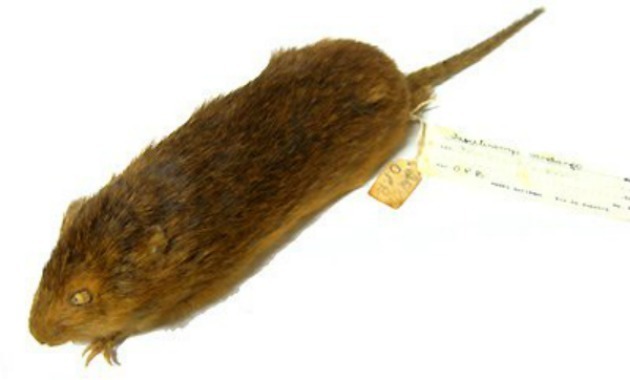
This species of mouse was endemic to the Noronha archipelago, in the northeast region of the country.
These large rats were extinct in the 16th century, being the first mammal of the Brazilian fauna to be extinct.
26. Mammoth
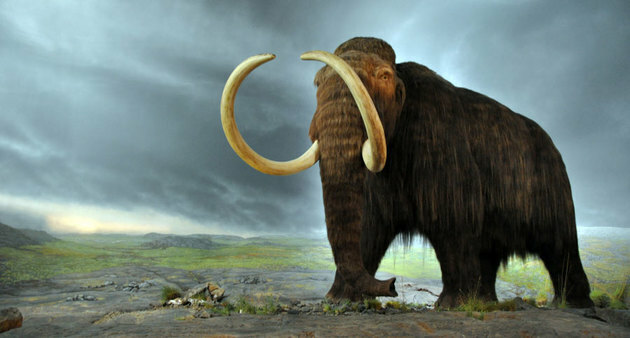
You mammoths they suffered from predatory hunting and, due to climate change, eventually disappeared from the planet.
They were considered extinct over 4,000 years ago.
27. Saber-toothed Tiger (smilodon)
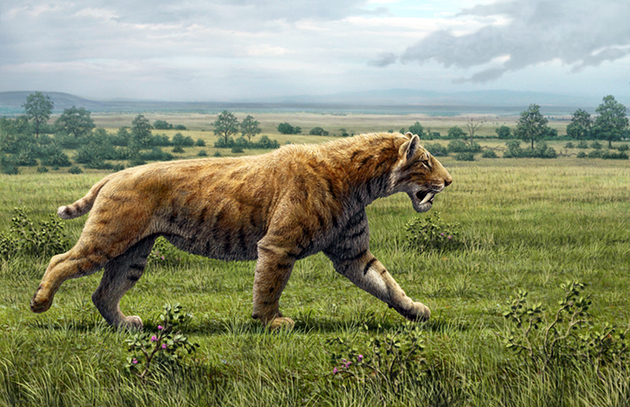
The saber-toothed tiger was considered extinct about 10,000 years ago (Pleistocene Period).
It inhabited the American continent, however, climate change and predatory hunting led this species to extinction.
28. Arctodus (arctodus simus)
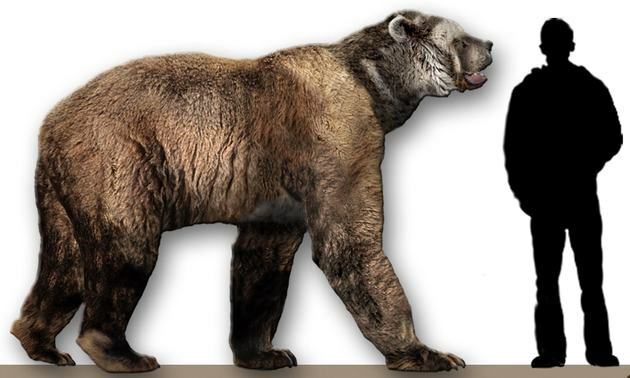
The arctodus was a species of giant bear that lived in North and South America. This animal reached more than 3 meters in height when it was standing.
Extinct about 11,000 years ago, the main cause related to its extinction was climate change.
29. Siberian Unicorn (Elasmotherium sibericum)
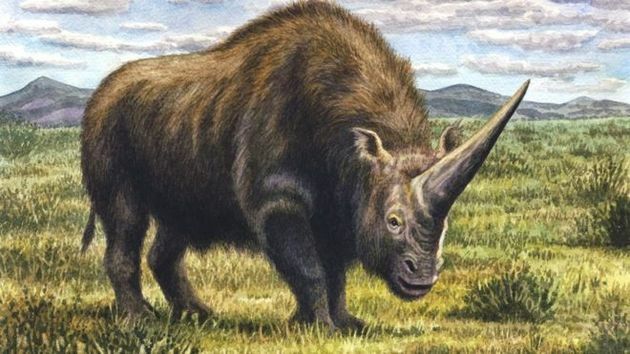
The Siberian unicorn was a kind of giant rhinoceros and lived between the European and Asian continents.
The exact date of its extinction is not known, so researchers point out that it happened 200,000 or 100,000 years ago.
Studies show that the main cause of its extinction was the limitation of food, since this animal ate only hard and dry grasses.
30. Dinosaur

Dinosaurs went extinct over 66 million years ago, between the end of the Cretaceous period and the beginning of the Tertiary. They were a species of giant reptiles that inhabited the earth's surface.
The most likely theory about its extinction is related to the fall of a meteor.
Curiosity
The term “extinct animals” is also related to animals that are no longer found in the wild, but that live in captivity.
Thus, many projects for the reproduction of these animals, with the aim of saving the species, are spread around the world.
In addition, there are projects for genetic engineering that focus on cloning animals that have already gone extinct, called “de-extinction”.

